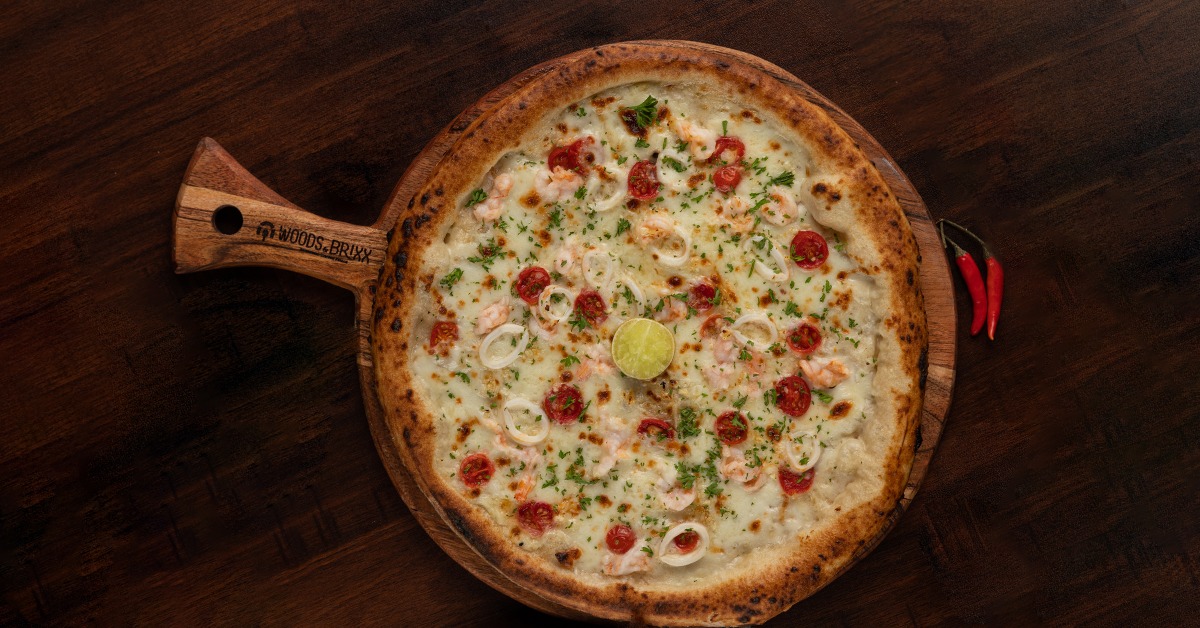Certainly, here's a more detailed comparison between Classic Pizza and Neapolitan Pizza, highlighting their key differences:
1. Origins and History:
Classic Pizza: Classic pizza, often referred to as New York or American-style pizza, has its origins in Italian immigrant communities in the United States, particularly in New York City. It evolved over time to suit American tastes and preferences, resulting in a distinctive style characterized by a thicker, doughier crust and a wide variety of toppings.
Neapolitan Pizza: Neapolitan pizza, or pizza Napoletana, originated in Naples, Italy, in the late 18th century. It has a rich history deeply rooted in Neapolitan culinary traditions. To preserve its authenticity, Neapolitan pizza adheres to strict guidelines set by the Associazione Verace Pizza Napoletana (AVPN).
2. Dough and Crust:
Classic Pizza: Classic pizza features a thicker, softer, and bread-like crust. The dough often contains additional ingredients such as sugar and oil, which contribute to a softer, chewier texture. This type of pizza can be rolled out or hand-tossed and is designed to be more robust to support a wide variety of toppings.
Neapolitan Pizza: Neapolitan pizza dough is made using just four fundamental ingredients: flour, water, salt, and yeast. The dough is hand-stretched and shaped, resulting in a thin, soft, and airy crust. Neapolitan pizza's crust is intentionally thin at the center with a slightly charred edge, known as the "cornicione."
3. Toppings:
Classic Pizza: Classic pizza is known for its extensive range of toppings, which can include ingredients such as pepperoni, sausage, mushrooms, bell peppers, onions, and more. The abundance of toppings leads to a hearty, flavor-packed pizza. Classic pizza allows for extensive customization and personalization, catering to diverse tastes.
Neapolitan Pizza: Neapolitan pizza embraces simplicity, with minimal toppings. The classic Margherita pizza, for instance, features only San Marzano tomatoes, fresh mozzarella cheese, basil leaves, extra-virgin olive oil, and salt. Another traditional Neapolitan style is the Marinara pizza, with toppings limited to tomato sauce, garlic, oregano, and a drizzle of olive oil. The limited toppings highlight the quality and freshness of each ingredient.
4. Cooking Method:
Classic Pizza: Classic pizza is typically cooked in a conventional oven at lower temperatures, often around 475°F (245°C) or lower. The longer cooking time allows the toppings to fully cook and meld with the crust.
Neapolitan Pizza: Neapolitan pizza is cooked in a wood-fired brick oven, reaching extremely high temperatures, often around 900°F (480°C). The short cooking time, typically under two minutes, results in a blistered, charred crust and ensures that the toppings remain fresh and vibrant.
Both Classic Pizza and Neapolitan Pizza represent two distinct pizza styles, each with its own unique characteristics, history, and appeal. Classic pizza offers a hearty, customizable experience with a thicker crust and an array of toppings, catering to a wide audience. Neapolitan pizza, on the other hand, embraces tradition, simplicity, and quality ingredients, resulting in a thin, delicate crust with minimal toppings, making it a favorite among those seeking an authentic Italian pizza experience. Ultimately, the choice between these two styles depends on personal preference and the desire for a particular pizza experience.
Popular Pizza's
Neapolitan Pizza || Naples Wood-Fired pizza || Difference between Classic pizza and Neapolitan pizza
